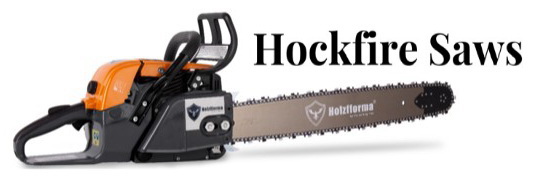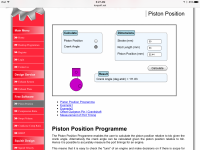sawfun
Pinnacle OPE Member
- Local time
- 4:26 PM
- User ID
- 1076
- Joined
- Mar 24, 2016
- Messages
- 1,205
- Reaction score
- 3,878
- Location
- Portland Oregon
A single ring piston will make it easier to design the piston with a higher pin height allowing for a longer rod. I've seen pictures of pistons with a ring just about into the pin button. Of course as wear occurs the piston ends up leveraged into the side of the cylinder it is cocked at increasing the amount of wear further. This exaggerated wear seems to be easier to see in V configured engines.









